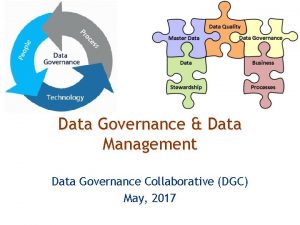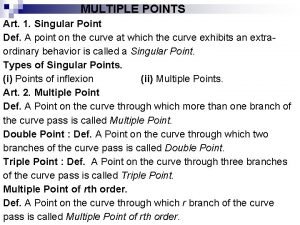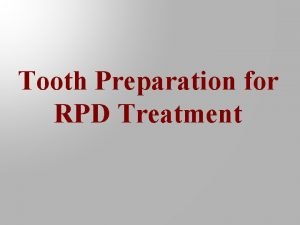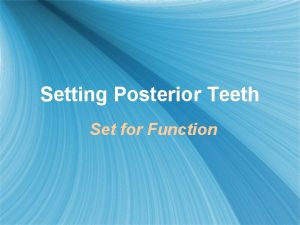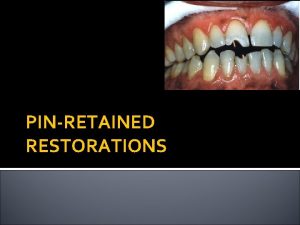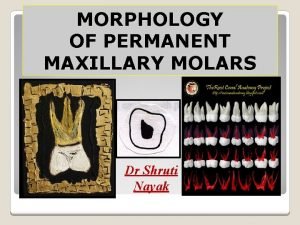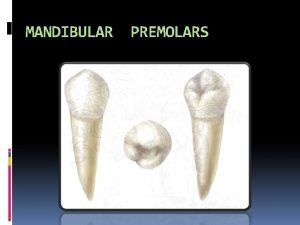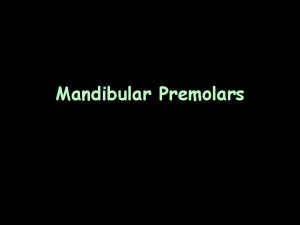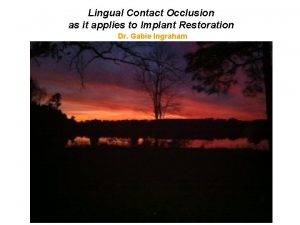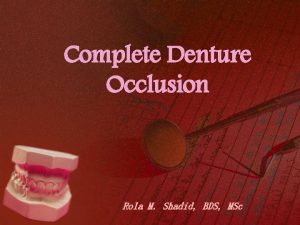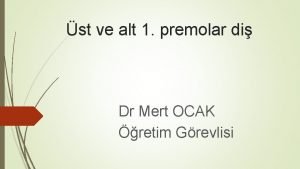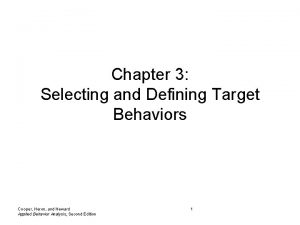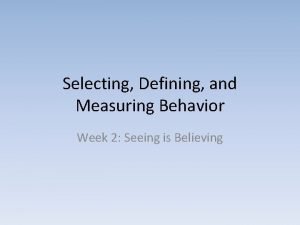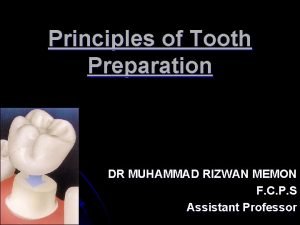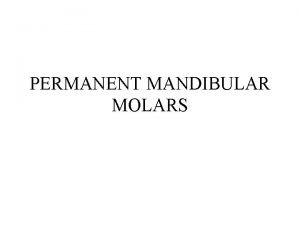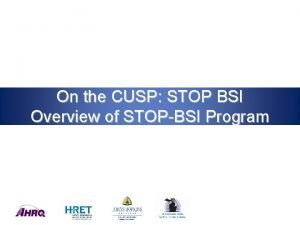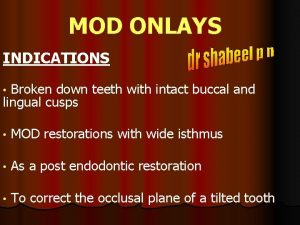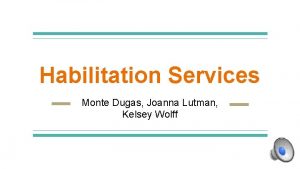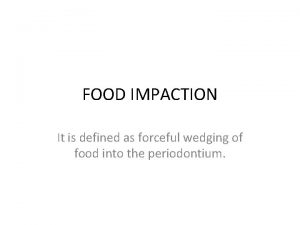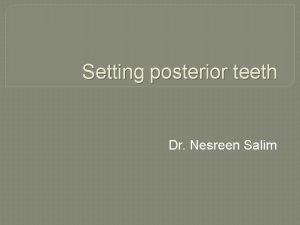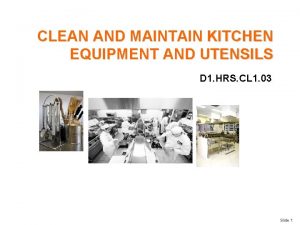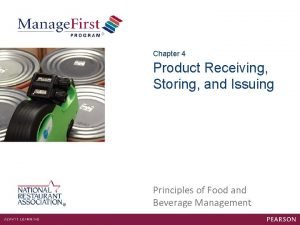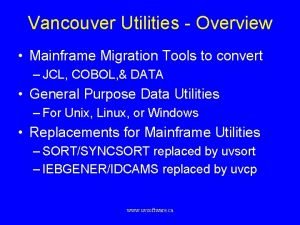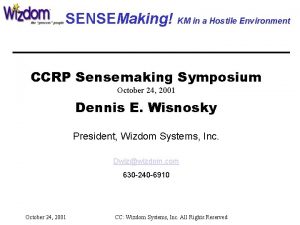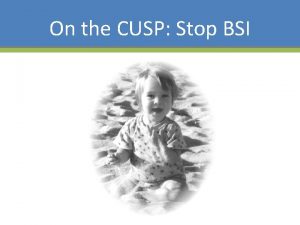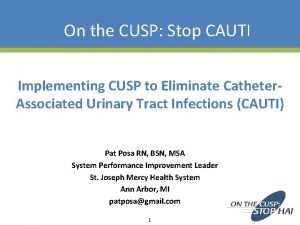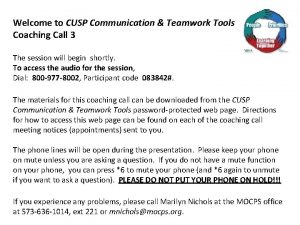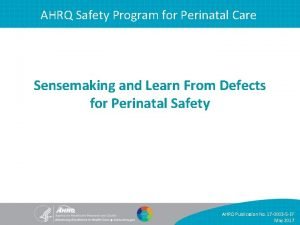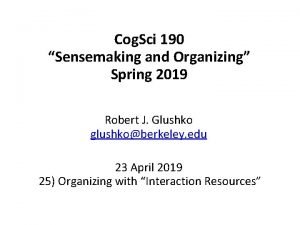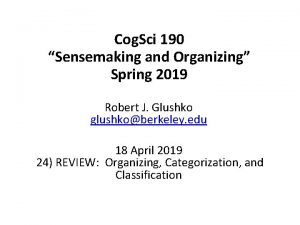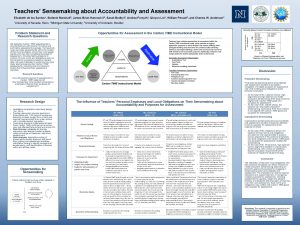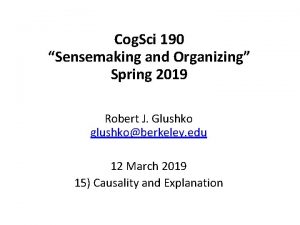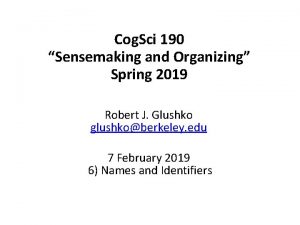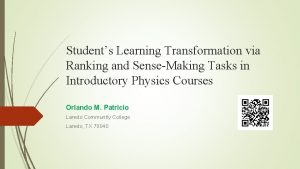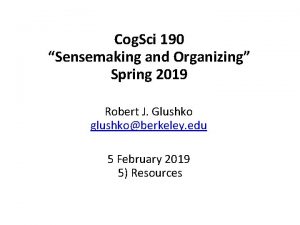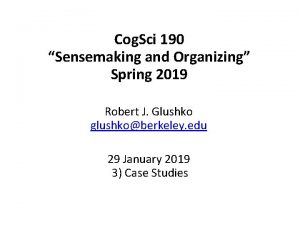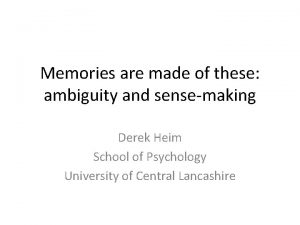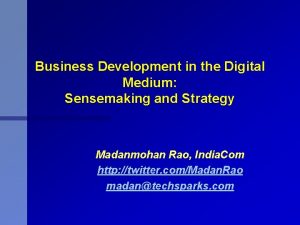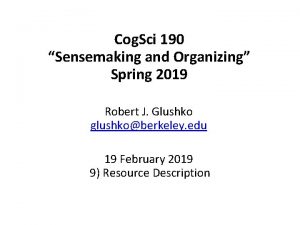CUSP and Sensemaking Tools 1 CUSP Tools Sensemaking



































- Slides: 35


CUSP and Sensemaking Tools 1 CUSP Tools Sensemaking Tools Staff Safety Assessment Discovery Form Safety Issues Worksheet Root Cause Analysis Learn from Defects Form Failure Mode and Effects Analysis Probabilistic Risk Assessment Causal Tree Worksheet 2

Learning Objectives Introduce CUSP and Sensemaking tools to identify defects or conditions Discuss the relationship between CUSP and Sensemaking Show to apply CUSP and Sensemaking tools Discuss how to share findings 3

The Relationship Between CUSP and Sensemaking 1, 2, 3 Concept CUSP Sensemaking Defect or failure identification Defects 1. Human/active failure 2. Latent/system conditions Ways to identify defects or failure -Staff Safety Assessment -Status of Safety Issues Worksheet -Discovery Form -Root Cause Analysis -Failure Mode and Effects Analysis -Probabilistic Risk Assessment Tools to examine defects or failures Learn from Defects Form Causal Tree Worksheet Coding defects or failures Learn From Defects Form Eindhoven Model 4

Identify Defects and Use Sensemaking 5

Identify Defects Overview Define defects Identify sources of defects Apply CUSP tools to identify defects 6

Sensemaking Overview 4 A conversation among members of an organization involved in an event/issue The purpose is to reduce the ambiguity about the event/issue literally to make sense of it Each person brings their experience of that event/issue to the discussion The conversation is the mechanism that combines that knowledge into a new, more understandable form for the members Members develop a similar representation in their minds that allows for action that can be implemented and understood by all who have participated in the conversation 7

Examples of Defects or Failures That Affect Patient Safety Defect Intervention Unstable oxygen tanks on beds Oxygen tank holders repaired or new holders installed institution wide Medication look-alike Education conducted, medications physically separated, and letter sent to manufacturer Missing equipment on cart Checklist developed for stocking cart Inconsistent use of Daily Goals rounding tool Consensus reached on required elements of Daily Goals rounding tool Inaccurate information by residents during rounds Electronic progress note developed 8

Reason’s Swiss Cheese Model 5 9

CUSP Tools To Identify Defects 10

Staff Safety Assessment Step 1. What are clinical or operational problems that have or could have jeopardized patient safety? Step 2. How might the next patient be harmed in our unit? Step 3. What can be done to minimize harm or prevent safety hazards? 11

Exercise Please complete the following: List all defects that have the potential to cause harm Discuss the three greatest risks Rank these factors 12

Use the Safety Issues Worksheet for Senior Executive Partnership Step 1. Engage the senior executive in addressing the safety issues identified on the form. Step 2. Use the form during safety rounds to identify safety issues, identify potential solutions, and identify resources. Step 3. Keep the project leader apprised of the information on this form. 13

Sensemaking Tool To Identify Defects: Root Cause Analysis 14

Root Cause Analysis: Causal Tree Worksheet 6 Discovery Event Recovery Antecedent Events Root Cause Classification Codes 15

Root Cause Analysis Example 6 Discovery Event Antecedent Events Root Causes Group O patient almost given Group A Blood Recovery A positive unit was hanging on the infuser Transfusing nurse didn’t check blood type on hanging unit Nurse interrupts transfusion A positive unit not removed from prior case Nurse was busy and distracted Nurse sees that unit is A positive Temp nurse unclear about procedure Temp nurses need help Other nurses on sick-out 16

Learning From Defects and Sensemaking 17

Learning From Defects Overview Health care providers are adept at reacting to an event and finding a solution Providers must also correct the factors that contribute to an event 18

Exercise Think of an unexpected situation that you recently encountered: When did you know it was not what you expected? What were the clues? What sense did you make of it? 19

CUSP Tools To Learn From Defects 20

Learning From Defects: Four Questions 1. What happened? 2. Why did it happen? 3. What will you do to reduce the risk of recurrence? 4. How will you know the risk is reduced? 21

What Happened? 22

Why Did It Happen? 23

What Will You Do To Reduce the Risk of Recurrence? 24

How Will You Know the Risk Is Reduced? 25

Sensemaking Tools To Learn From Defects 26

Causal Coding: Eindhoven Model 6 20 separate event cause types in four categories: 1. Technical 2. Organizational 3. Human 4. Other Aim for three to seven root cause codes for each event, a mixture of active and latent All events involve multiple causes 27

Root Cause Analysis Example 6 Root Causes Temp nurse unclear about procedure Nurse was busy and distracted Root Cause Classification Codes OK OM Nurse sees that unit is A positive HEX 28

CUSP and Sensemaking: Next Steps 29

Summarize and Share Findings Create a one-page summary answering the four Learning from Defects questions Share the summary within your organization – Engage staff in face-to-face conversations to provide opportunities to learn from defects Share de-identified information with others in your state collaborative (pending institutional approval) 30

Communicating the Learning Team meetings - monthly Meeting to review data - monthly Meeting with executive partner - monthly or more often Executive review of data - monthly Presentations to hospital colleagues as needed, including leadership, frontline staff, and board 31

Summary: Sensemaking and Identifying Defects Identify defects and Sensemaking share several common themes Defects or failures are clinical or operational events that you do not want to happen again CUSP and Sensemaking tools help teams identify defects and identify ways to deter them from occurring in the future 32

Summary of Sensemaking and Learning From Defects Sensemaking and Learning from Defects share several common themes The Learning from Defects tool can be used to facilitate a sensemaking conversation The Causal Tree Worksheet and Eindhoven Model can help identify and target defects in your unit Sensemaking and Learning from Defects are ongoing processes 33

References 1. Battles JB, Kaplan HS, Tjerk W Van der Schaaf, et al. The attributes of medical event-reporting systems: Experience with a prototype medical event-reporting system for transfusion medicine. Arch Pathol Lab Med 1998 March; 122: 231 -238. 2. Battles JB, Dixon NM, Borotkanics RJ, et al. Sensemaking of patient safety risks and hazards. Hlth Svcs Res 2006; 41(Aug 4 Pt 2. ): 1555 -1575. 3. Sensemaking. Patient safety analysis training. [Columbia University's Digital Knowledge Ventures is no longer in operation. ] 34

References 4. Sensemaking. Patient safety analysis training. [Columbia University's Digital Knowledge Ventures is no longer in operation. ] 5. Pronovost PJ, Wu AW, and Sexton JB. Acute Decompensation after Removing a Central Line: Practical Approaches to Increasing Safety in the Intensive Care Unit. Ann Intern Med 2004 June; 140(12): 1025 -1033. 6. Sensemaking. Patient safety analysis training. [Columbia University's Digital Knowledge Ventures is no longer in operation. ] 35
 Weick model
Weick model Master data management mdm vs. sensemaking
Master data management mdm vs. sensemaking A double point is called cusp of tangents at this point are
A double point is called cusp of tangents at this point are Supporting cusp
Supporting cusp Rpd tooth preparation
Rpd tooth preparation Posterior teeth setting
Posterior teeth setting Placing pins in teeth
Placing pins in teeth Oblique ridge
Oblique ridge Anatomy of lower premolar
Anatomy of lower premolar Occlusal offset
Occlusal offset Lingualized occlusion
Lingualized occlusion Christensen phenomenon in complete denture
Christensen phenomenon in complete denture Freedom of displacement in tooth preparation
Freedom of displacement in tooth preparation Compensatory curves of occlusion
Compensatory curves of occlusion Alt 1. premolar
Alt 1. premolar List of target behaviors
List of target behaviors Pivotal behavior vs behavioral cusp
Pivotal behavior vs behavioral cusp Amalgam vs inlay
Amalgam vs inlay Metal crown preparation
Metal crown preparation Difference between mandibular 1st and 2nd premolar
Difference between mandibular 1st and 2nd premolar Root trunk
Root trunk Cusp line
Cusp line Counter bevel onlay
Counter bevel onlay Difference between habilitation and rehabilitation
Difference between habilitation and rehabilitation Plunger cusp
Plunger cusp Lateral compensating curve
Lateral compensating curve Sewing tools measuring tools
Sewing tools measuring tools Clean and maintain kitchen tools equipment and premises
Clean and maintain kitchen tools equipment and premises Food storing and issuing control
Food storing and issuing control Dfd symbols are referenced by using all
Dfd symbols are referenced by using all Simple electrical gadgets and their uses
Simple electrical gadgets and their uses Dfd chapter 5
Dfd chapter 5 Weather tools and what they do
Weather tools and what they do Vital villages thriving towns introduction
Vital villages thriving towns introduction Virtualization structures/tools and mechanisms ppt
Virtualization structures/tools and mechanisms ppt Mainframe tools and utilities
Mainframe tools and utilities

